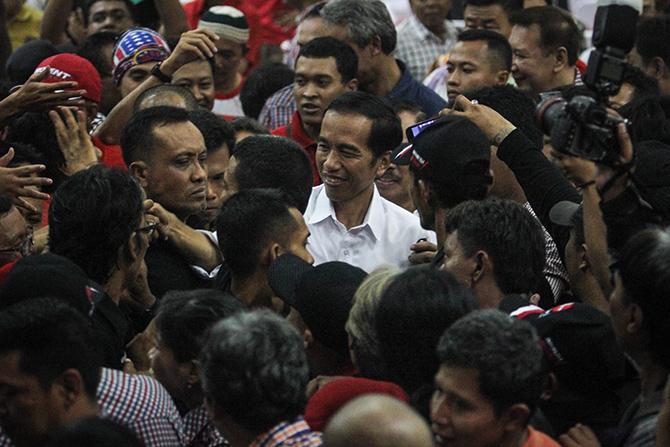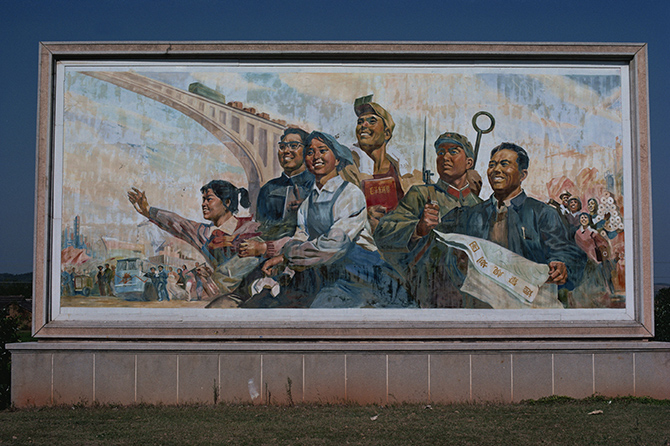
To illustrate, during the prolonged Great Depression of the1930s the Soviet Union was a high-growth economy, and prominent economists were arguing for central planning and “autarchic” policies of protectionism and self-sufficiency. However, nations that applied these lessons blindly in the trade and investment-driven global environment post-World War II missed out on Asia’s growth “miracle.” While India has been perhaps the most prominent example of this misalignment, it is important to recognize that for the first two decades after World War II the majority of the newly independent nations, including Indonesia, adopted variants of these prewar policies. To take this further, had it not been for the economic despair of four newly independent Asian nations – Hong Kong, Singapore, Taiwan and South Korea, whose main postwar export was human hair – there might never have been an “Asian miracle.” During discussions with Goh Keng Swee, the architect of Singapore’s remarkable economic development, it was desperation that other policies were not working, rather than strategic insight, which led Singapore to open its borders to foreign investment and international trade. This model, adopted by the other newly industrializing economies (and eventually China), helped integrate them into rapidly changing global supply chains, and over time became the “new normal” growth model for virtually all emerging markets.
The argument I shall develop in this essay is that the new economic orthodoxy – trade and investment-driven integration into the United States and other large global markets – may, like autarchy in 1945, have become “conventional wisdom.” However, with the dramatic changes under way in national policies and attitudes in the United States and European Union, it may now be time for Indonesia to step back and challenge this conventional wisdom. This may be best done as part of an integrated national transformation process that will ask what will be the external drivers of future, not past, growth, and where and how Indonesia might become an early adopter of a new growth model.

I do not pretend this will be easy, but I will argue strongly that it cannot be worse than being a late adopter of a conventional wisdom that is past its “use-by” date. Given this perspective, my approach will be to draw not just on the policies adopted by the high-performance Asian economies, but also on the processes that they used to reach their – then relevant – decisions. It may be that pairing a best-practice national transformation process with new and creative thinking about the emerging external environment – geopolitical, economic and technological – will allow Indonesia to realize Joko’s Impian 2085 – and an immediate near-term jump in its ranking in the World Bank index.
In this essay, I will draw on lessons, not just of outcomes but of national transformation processes, where I had a hands-on role. This will include Singapore’s 1986 National Economic Planning process; “Vision Korea” in 1997; Thailand’s 1997 “Re-Engineering of Government”; Indonesia’s own October 1999 “BUMN Reform Program: Restructuring and Privatization to Maximize Value”; and Malaysia’s 2009 “New Economic Model” process – which led to a dramatic jump in its World Bank index ranking from 23rd to 6th in just one year. In addition to process, I will look at context, including the domestic politics and the external environment confronting the national leadership in each case. I will conclude with some initial ideas on how Indonesia might develop a transformation process that draws on the lessons of others, but applies them to Indonesia’s future – not past – external environment, as well its current institutional capacity and political realities.







 resized.png)
